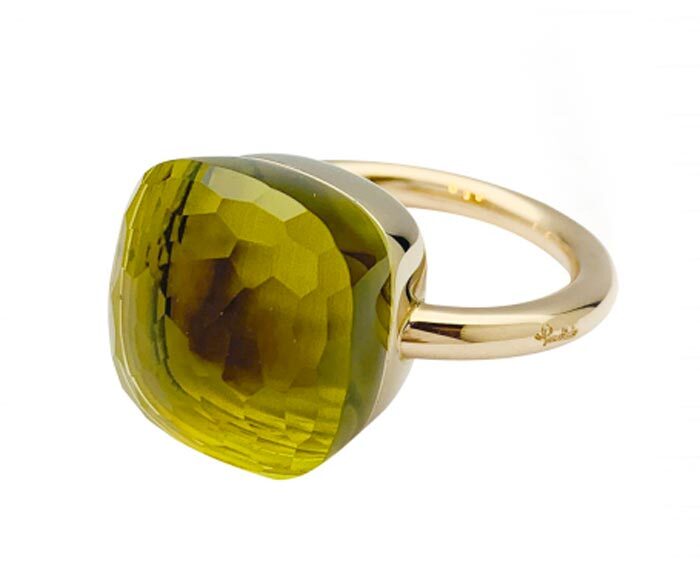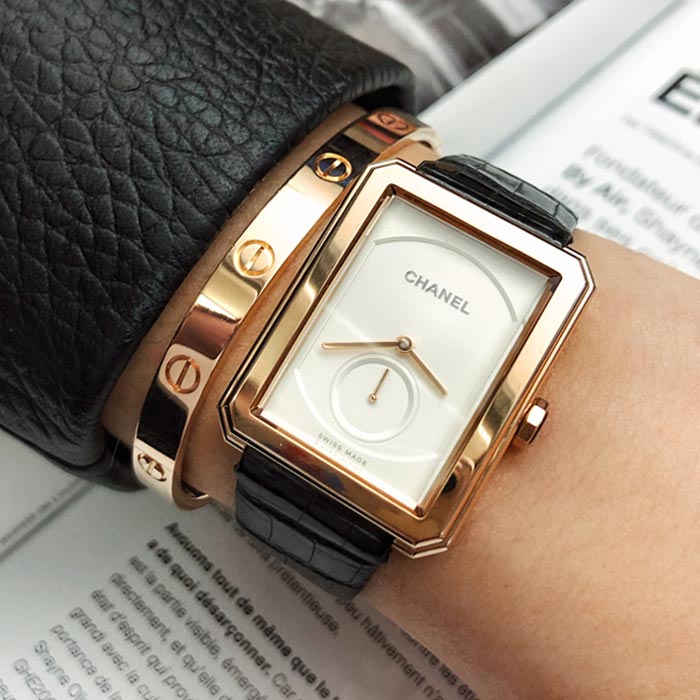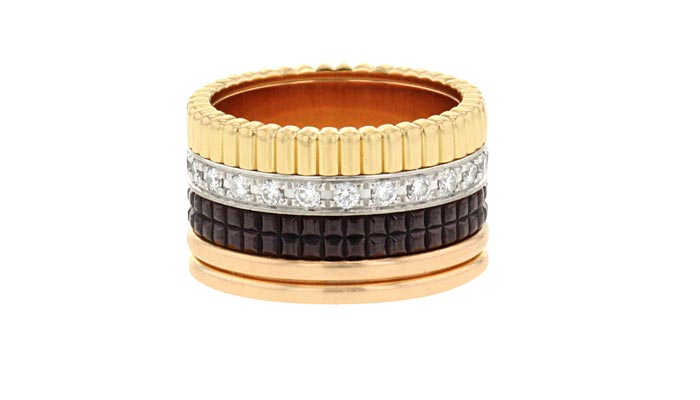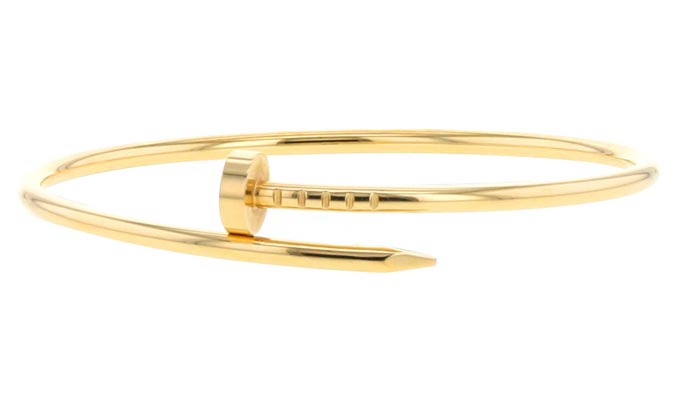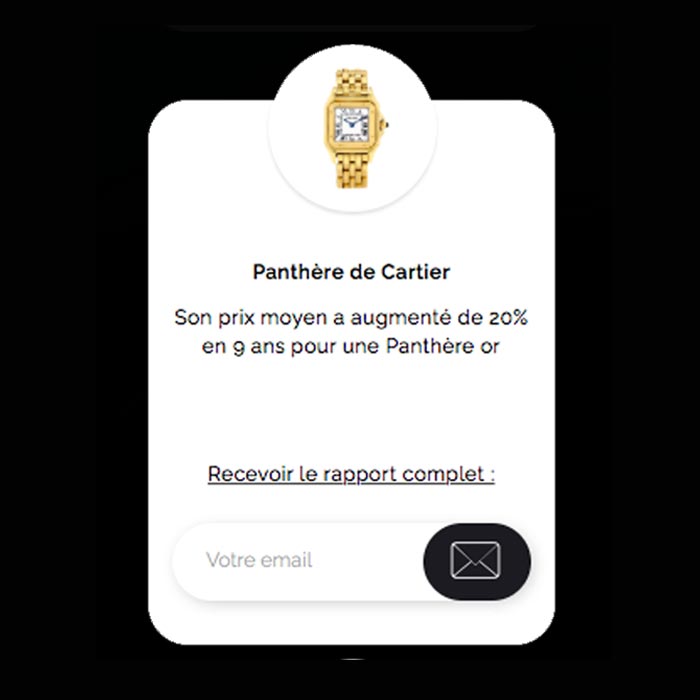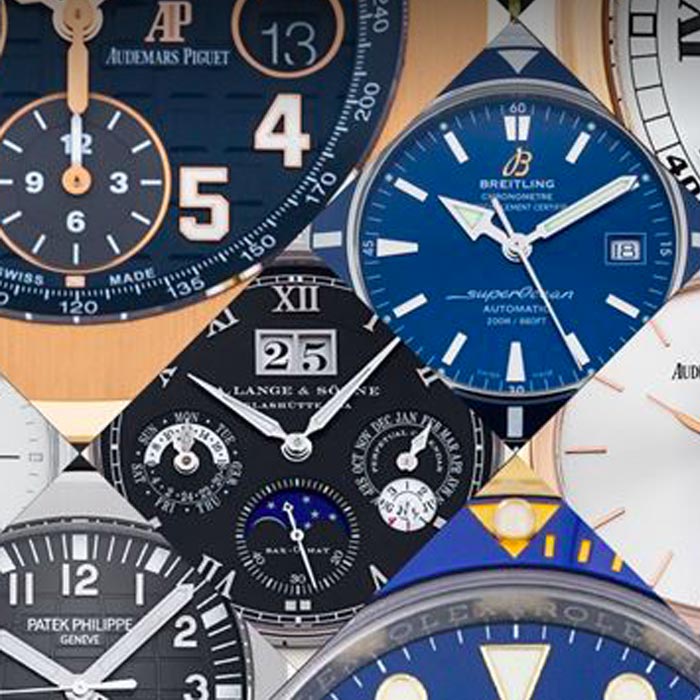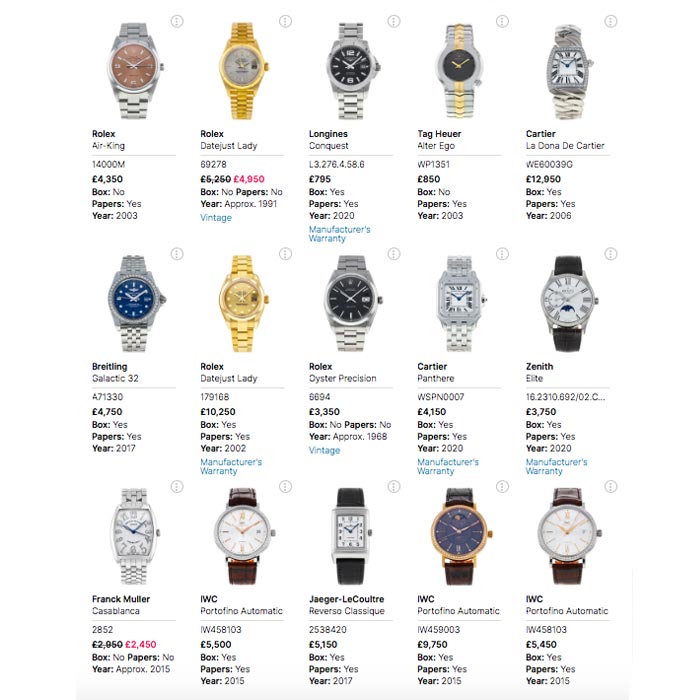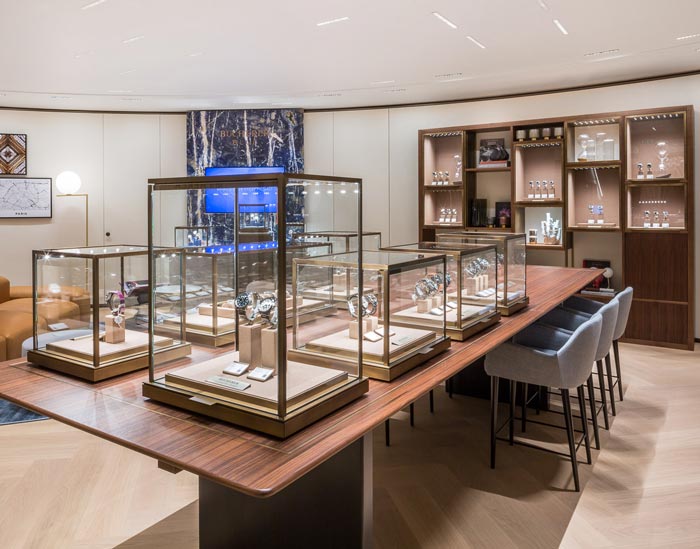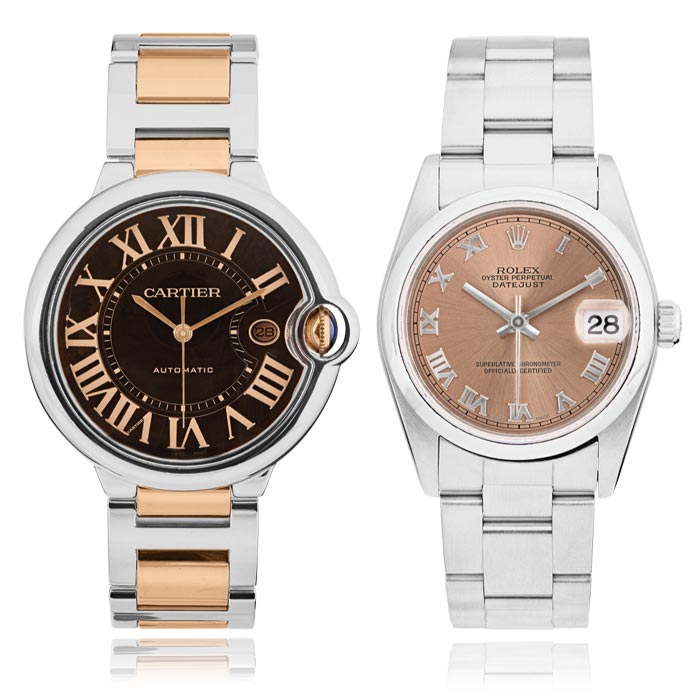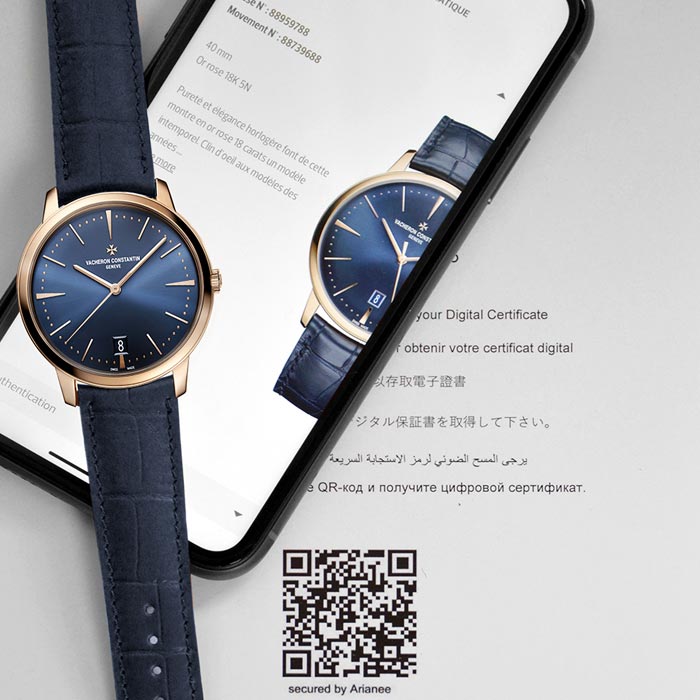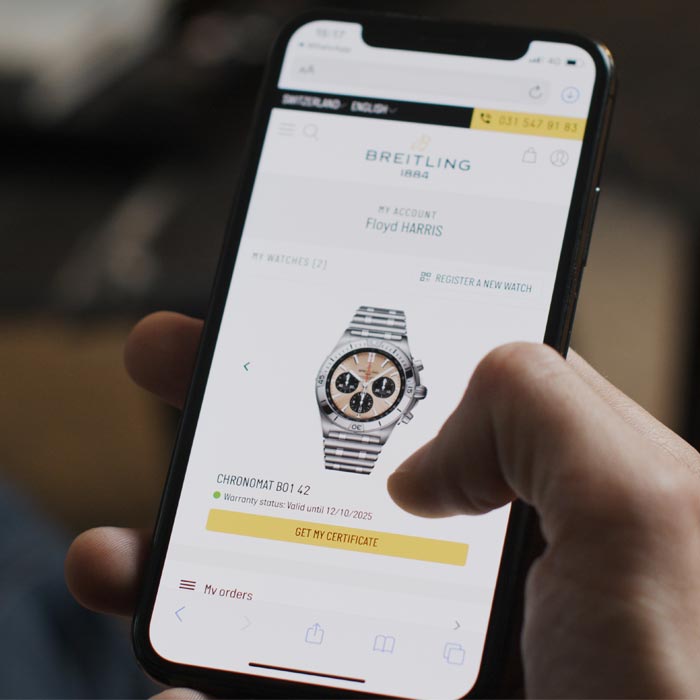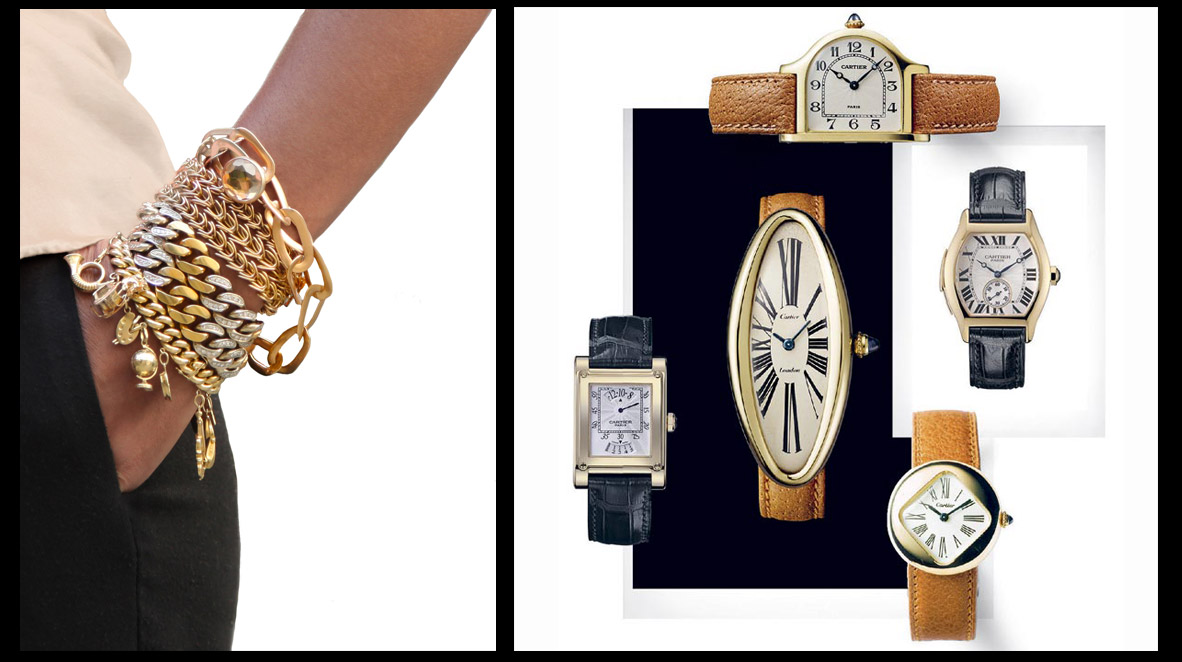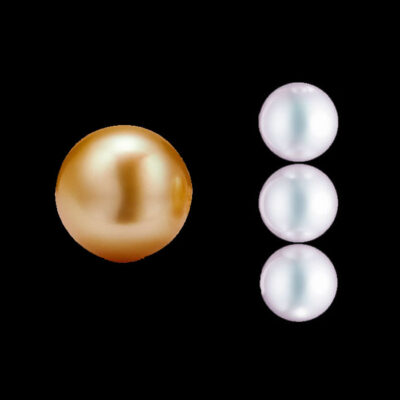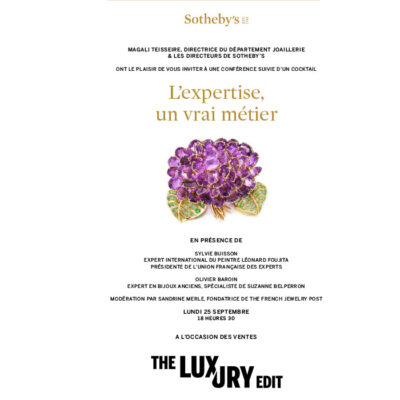Business
01 February 2021
Share
Brand new and pre-owned: the reconciliation?
For a long time, the major watch and jewelry brands have scorned the recent second-hand (or pre-owned) market, dismissing it as luxury for the poor… So how have things changed now that the latter is all the rage?
By Sandrine Merle.
The second-hand market now accounts for between 30 and 40 billion dollars (25 to 34 billion euros) or 2% of the total weight of the fashion and luxury sector. And it looks set to grow by 15 to 20% per year over the next five years, according to the international strategic consulting firm BCG. A growing part of this second-hand market is made up of recently used watches and jewelry under 20 years old. There are two reasons for this: an enormous level of production even though watches and jewelry are made to last, and secondly, in the words of Sarah Miller, head of the multi-brand pre-owned Miller: “Over the last 5-6 years, we have seen the appeal of iconic brands and products explode to the point where they now represent 30-40% of our businessinitially dedicated to vintage and old.”
Internet upheaval
After decades underground, this market has emerged thanks to the Internet. At the height of our consumerist madness, sites such as Watchfinder, Vestiaire Collective or Collector Square appeared, promoting nearly-new watches and jewelry, featuring items such as Alhambra by Van Cleef & Cleef, Nudo by Pomellato, Patek Philippe or Rolex. These new players have also homogenized the offer and made it less opaque: Collector Square, for example, offers prices based on auction sales. It turns out the Rolex Date has increased by 164% in 16 years and the Cartier Panther by 20% in 9 years. In short, it’s never been so easy to sell and buy second-hand.
Pre-owned, a market that’s there for the taking
Some brands are keeping a keen eye on the business many third parties are doing with their products: from historic players such as the flea marketers and second-hand multi-brand brands such as Les Montres, Cresus or Miller to Internet sites. The brands also want to avoid losing European consumers who find new products too expensive, too heavily marketed and too standardized. Although Cartier has long offered such customers antique pieces, the integration of pre-owned into its boutiques is very recent. “We are best placed to sell these recent watches because we offer the services and guarantees to match their history,” says Pierre Rainero, Cartier’s Director of Style and Heritage.
A circular business
But how can brands get their hands on the thousands of watches and jewelry scattered around the world? “It’s complex because we don’t usually know the owners and the items must be in good condition, so that the restoration does not impact price competitiveness,” Rainero explains. In 2018, the Richemont group (Cartier, Piaget, Vacheron Constantin, Van Cleef & Arpels, Jaeger-LeCoultre, etc.) will acquire a specialist in pre-owned watches, the English site Watchfinder. The perfect way to get in touch with owners, set their own prices, eliminate certain models or favor others in view of the success or failure of new collections, etc. Similarly, since its acquisition of Tourneau, also known for its second-hand and exchange sales, the Swiss watch retailer Bucherer has offered a pre-owned corner. Meanwhile, the physical location of Collector Square at Le Bon Marché (owned by LVMH), illustrates this strategy of rapprochement rather than confrontation. Just five years ago, it would have been unthinkable to find old Daytona or Nautilus within a few meters of new items.
The blockchain, the ultimate appropriation
To regain a foothold in this second-hand market, the brands are benefiting from a new digital technology, the blockchain (a system for securing decentralized information on thousands of servers). Vacheron Constantin or Breitling already uses forgery-proof digital certificates to list all the events in the life of a watch, from its birth to its death (characteristics, transactions, repairs, etc.). Thanks to this system, they can use messaging to get in touch with successive owners by offering them maintenance services, for example. This is a foolproof way to keep a constant eye on their second-hand models because, ultimately, any watch without its certificate or mentioning a repair outside the brand’s workshops will be suspect.
Pierre Nicolas Hurstel from the Arianee blockchain explains that “some houses are still wondering whether such appropriation is not too risky. Does legitimizing the recent opportunity not give it an aura of respectability, thus enabling it to cannibalize the new market? What if this further stimulates speculation around the pre-owned sector?” In reality, no one knows the answer. And jewelers have not yet really taken a position on this subject.
Banner images : Collector Square / Cartier pre-owned watches
Related articles:


